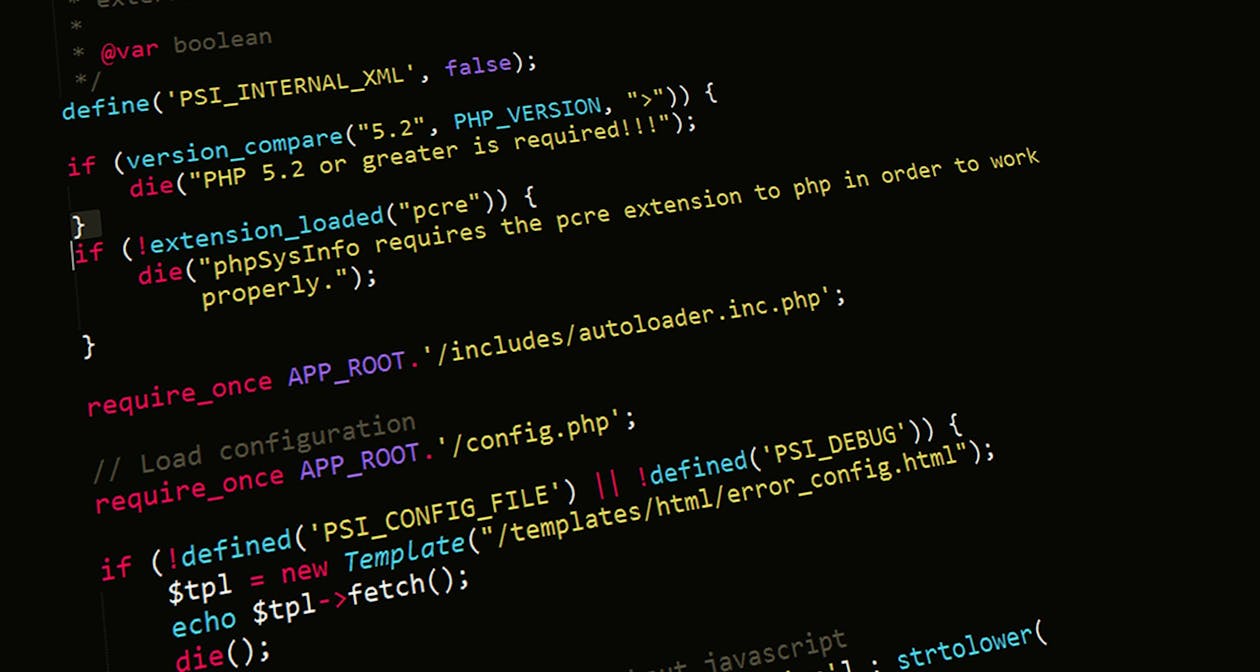Machine Learning, photo by chenspec on Pixabay
In discussions surrounding big data, predictive analytics, and the broader digital transformation landscape, it's not uncommon to encounter the interchangeable use of artificial intelligence (AI) and machine learning (ML). Given the inherent closeness between these two cutting-edge technologies, this interchangeability often leads to confusion. Despite the apparent overlap, AI and ML diverge significantly in scope, applications, and other facets.
The prevalence of AI and ML solutions has surged as businesses leverage them to efficiently process and analyze vast datasets. These technologies facilitate improved decision-making, deliver real-time recommendations and insights, and generate accurate forecasts and predictions.
This prompts the question: what sets machine learning apart from artificial intelligence, how are these concepts interconnected, and, most crucially, what practical implications do they hold for organizations? In this exploration, we aim to dissect the distinctions between AI and ML, unravel their connections, and explore these concepts' practical implications for contemporary organizations.
What is Artificial Intelligence?

What is Artificial Intelligence? Photo by Pixabay on Pexels
Artificial intelligence encompasses a vast domain, denoting the utilization of technologies to construct machines and computers endowed with the capacity to emulate cognitive functions inherent to human intelligence. This involves emulating abilities like visual perception, spoken or written language comprehension, data analysis, recommendation generation, and various other cognitive tasks.
It is important to dispel the misconception that artificial intelligence functions as a standalone entity; instead, it is a collective term for a suite of technologies seamlessly integrated into a system. These technologies empower the system to engage in reasoning, learning, and active problem-solving, contributing to its ability to effectively navigate and address intricate challenges.
In essence, artificial intelligence represents technologies strategically implemented to imbue systems with intelligence akin to human cognitive prowess.
What is Machine Learning?

What is Machine Learning? Photo by Digital Buggu on Pexels
Machine learning operates as a specialized facet within the broader aspect of artificial intelligence, specifically designed to facilitate automatic learning and improvement within a machine or system through experiential exposure. Rather than relying on explicit programming, machine learning harnesses the power of algorithms to meticulously scrutinize extensive datasets, provide insights, and subsequently make informed decisions.
The crux of machine learning lies in its dynamic nature—the algorithms, acting as cognitive engines, enhance their performance iteratively over time through exposure to diverse datasets. These algorithms function as the architects of machine learning models, representing the culmination of insights gleaned from executing algorithms on training data.
The efficacy of these models is inherently tied to the volume and diversity of the data they encounter; a greater and more varied dataset contributes to the refinement and enhancement of the machine learning model, illustrating the adage that the more data utilized, the more adept and sophisticated the model becomes in its decision-making capabilities.
How do AI and ML Become Related and Connected?

How AI and ML Connected? Photo by Lukas on Pexels
We all know that AI and ML are not the same but are closely related. Here is the simplest way for you to understand how AI and ML relate to each other:
- AI is the broader concept of enabling a machine or application system to reason, sense, act, and/or adapt like a human does.
- ML is an application of AI that allows machines to extract information and knowledge from various sources of data and learn from it autonomously.
What’s The Difference Between AI and ML?
While artificial intelligence involves machines emulating human intelligence, the scope of machine learning diverges in its approach. Unlike artificial intelligence, machine learning is not focused on creating machines replicating human-like intelligence. Instead, the primary objective of machine learning is to instruct a machine on how to execute a specific task effectively by recognizing and understanding patterns.
Consider the scenario where you ask your smart home device, "How long is my commute today?" The desired outcome is for the machine to accurately estimate your commute time, a task you typically do manually in a real-world scenario (such as researching your commute time).
In this example, the role of machine learning within the broader system is not to imbue the machine with the ability to perform the task independently. Instead, machine learning is employed to train algorithms in analyzing live transit and traffic data, enabling them to forecast the volume and density of traffic flow.
The emphasis here lies in identifying patterns, assessing the accuracy of predictions, and leveraging data-driven insights to enhance performance for the specific task at hand. The overarching goal is to optimize the machine's ability to provide precise and reliable results within the defined scope of its designated task.




